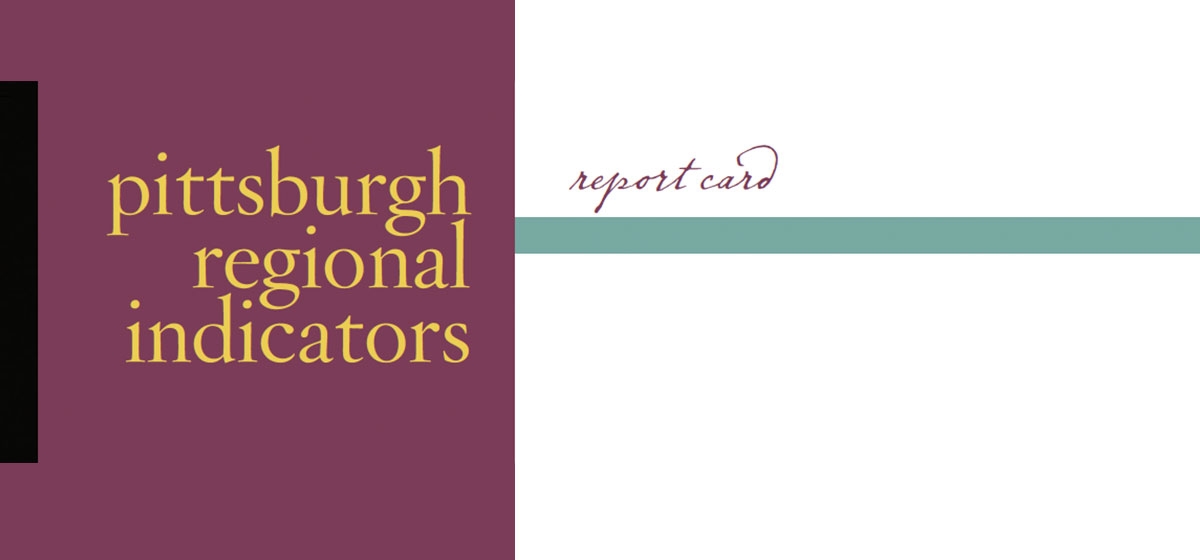The Truth Can Be A Good Thing

Let us take a few moments to ponder the corrosive nature of pessimism and its companion, bending over backward in the face of bad news to put the best face on things. Both are civic diseases of significance in our corner of the world.
This is not merely anecdotal testimony from someone involved in public life for 30 years but a conclusion reinforced by countless marketing surveys both conducted by and reported upon by the Pittsburgh Post-Gazette. And I point this out not to pile on, not to provide “more of the same,” not to add more negativism to feed more pessimism, but to introduce what I believe to be our biggest local problem, widespread misinformation, and a new tool, pittsburghtoday.org, that has the potential to change things significantly for the better. Pittsburghers no longer have always to believe the worst.
To flesh out this misinformation problem a bit, consider the July/August issue of Men’s Health magazine that includes an article on air quality that got wide local attention because it gave Pittsburgh an “F” for air quality. “One thing that pulled (Pittsburgh) down was traffic congestion,” Matt Marion, the magazine’s features editor, explained to a local newspaper reporter doing a story on the article. “The Texas Transportation Institute’s ‘Travel Time’ ranked Pittsburgh in the bottom 20 percent of cities evaluated. Relative to other cities, Pittsburgh had a higher traffic-congestion rate.”
It is very likely you saw that article in a local newspaper or heard about it on the air, rather than in its original form in the magazine. But wherever you ran across it, here was another piece of reinforcement to the Gospel According to the Woe Is Me. Bad Pittsburgh air made worse by high Pittsburgh traffic congestion. But surprise, surprise, Pittsburgh does not have a congestion problem, at least in terms of big city traffic congestion, as Figure 1 makes clear. The problem lies with Mr. Marion and Men’s Health who read upside down. A low score on the Texas Travel Time index indicates fewer average hours lost by commuters, not more hours lost. Being in the “bottom 20 percent” is good, not bad. Of the 39 largest U.S. cities, only four, New Orleans, Buffalo, Oklahoma City and Cleveland have a lower time-lost-in-traffic ranking in the Institute’s most recent report (The report is dated 2005, but the data is from 2003).
I point this out not to contend that commuting in Pittsburgh couldn’t be made easier in any number of instances, nor to suggest that the region is undeserving of an “F” for air quality. I do not have adequate information at hand to contest that overall grade. My modest suggestion is only that a predisposition to believe the worst too often leads to a lack of intellectual rigor, which, in turn, results in negative misinformation, as in this instance, or unfounded optimism in other circumstances. But, ah, there IS good news. This is a correctable problem, because there is no longer any reason to be satisfied with those two magical little words “he said” as the authority for anything. Information technology makes it easier to judge claims by advocates and activists as never before. (See “The World Is Flat” by Thomas Friedman for chapter and verse on the revolutionary changes effected over the past decade.)
To understand this is to know that just because a blogger or a Congressman or a pundit cites a piece of data, it does not follow that it means what he says it does. Nor, and more important, that it means anything at all. A datum, accurate and attributed though it may be, is too slender a reed upon which to hang very much, least of all significant matters of public policy. A decent sense of reality demands relevant and comprehensive data in context. That last means a 10-year record if at all possible and some standards or comparables for purposes of measurement. This point is illustrated by our congestion indicator citation which compares Pittsburgh to 14 other cities and the average for the cities.
And so I now introduce you to Pittsburgh Today, the new Web site for Pittsburgh Indicators that is going up on the Web as pittsburghtoday.org. This congestion data is part of Pittsburgh Today’s Transportation Indicators. The site is limited because it is being built incrementally. For purposes of comparison take a few moments to visit The Boston Indicator Project, Oregon Benchmarks and King County Benchmarks (greater Seattle), three older sites, as well as The Long Island Index and Vital Signs (Baltimore city). They suggest where our regional effort should and should not go — as well as make clear that we have some catching up to do, even as we already have unique and notable attributes.
The new Pittsburgh site’s creation has closely paralleled development of “The Key National Indicators Initiative,” a three-year effort to establish an indicator program for the United States. Pittsburgh Today’s development will be coordinated with the national effort going forward and already has similar approaches in both topic areas and site design. Unfortunately, I cannot show you the similarities and differences because the national program is not yet publishing. Because a number of us Pittsburghers are involved in the national initiative, you can accept my promise that this relationship is a significant asset for this region.
But why an indicator system at all? If we are going to progress more effectively as a region, we need to understand things as they are. And we can do that because facts are available on an ongoing basis. By way of illustration consider these economic indicators on job growth. (Figure 2 and Figure 3). They show that Pittsburgh was finally adding jobs as of the end of the first quarter in this year and that the rate at which it was doing so was close to the average for the 14 cities with which Pittsburgh is grouped for comparison. But as good as that news was, on a city-by-city comparison Pittsburgh did not do as well. More important when the situation is examined over a 10-year period, it is obvious that only within the past eight months has a steady decline been reversed. For most of the past five years Pittsburgh was losing more jobs than it was adding.
“There you go, John, just like Mens Health, another downer.” Well, perhaps not quite if you look more closely at the details. Detroit, Milwaukee and Cleveland are still losing jobs and Boston, generally considered a mecca for the young and upwardly mobile over the past decade, has had an up and down job performance more dramatic than Pittsburgh’s.
The point is that a good indicator has much to tell you if it is carefully drawn. You can gain insight if you are open to both “good news” and “bad news.”
While on economics, two other indicators are worth looking at: annual average wages and the residential housing market. In the case of wages, Pittsburgh is lagging but as with job growth is beginning to pick up steam. (Figure 4) There are two housing indictors here. The first (Figure 5) makes clear that the price of Pittsburgh housing has appreciated at a very low rate compared to other benchmark cities with the exception of Cleveland, while the second indicator, median age of residential structures (Figure 6), introduces a more perplexing reality. Pittsburgh is next to the bottom, when it comes to median age of housing stock, no surprise given what we know from demographics, jobs and wage data. But what city is below Pittsburgh and dead last in the median age of its housing stock? Boston, the same city that in recent years has seen the price of housing increase at a rate three times Pittsburgh’s.
Two cities, both with low job growth and flat construction and population numbers, present a dramatic contrast when it comes to the volatility of housing prices. Is this merely a matter of supply and demand? More disposable income (wages) chasing a finite amount of goods in one place while in the other it does not? An interesting question that — and a topic for further analysis because the explanation is not readily apparent even to Bostonians who admitted as much to a delegation of Pittsburghers earlier in the year during a visit organized by the Allegheny Conference on Community Development.
Questions. Questions. And still more questions, many of them not yet addressed let alone answered by Pittsburgh Today. We have hardly scratched the surface. Getting good indicators and getting them right is a much more complicated subject than it might initially have appeared to be, and being able to sustain this information system over time is more so. But this very difficulty in getting a handle on reality is perversely reassuring. With it comes great skepticism and the comfort of knowing that the next time someone gives Pittsburgh an “F” for this or that, you can click on pittsburghtoday.org to check on reality before jumping out the office window in despair.




